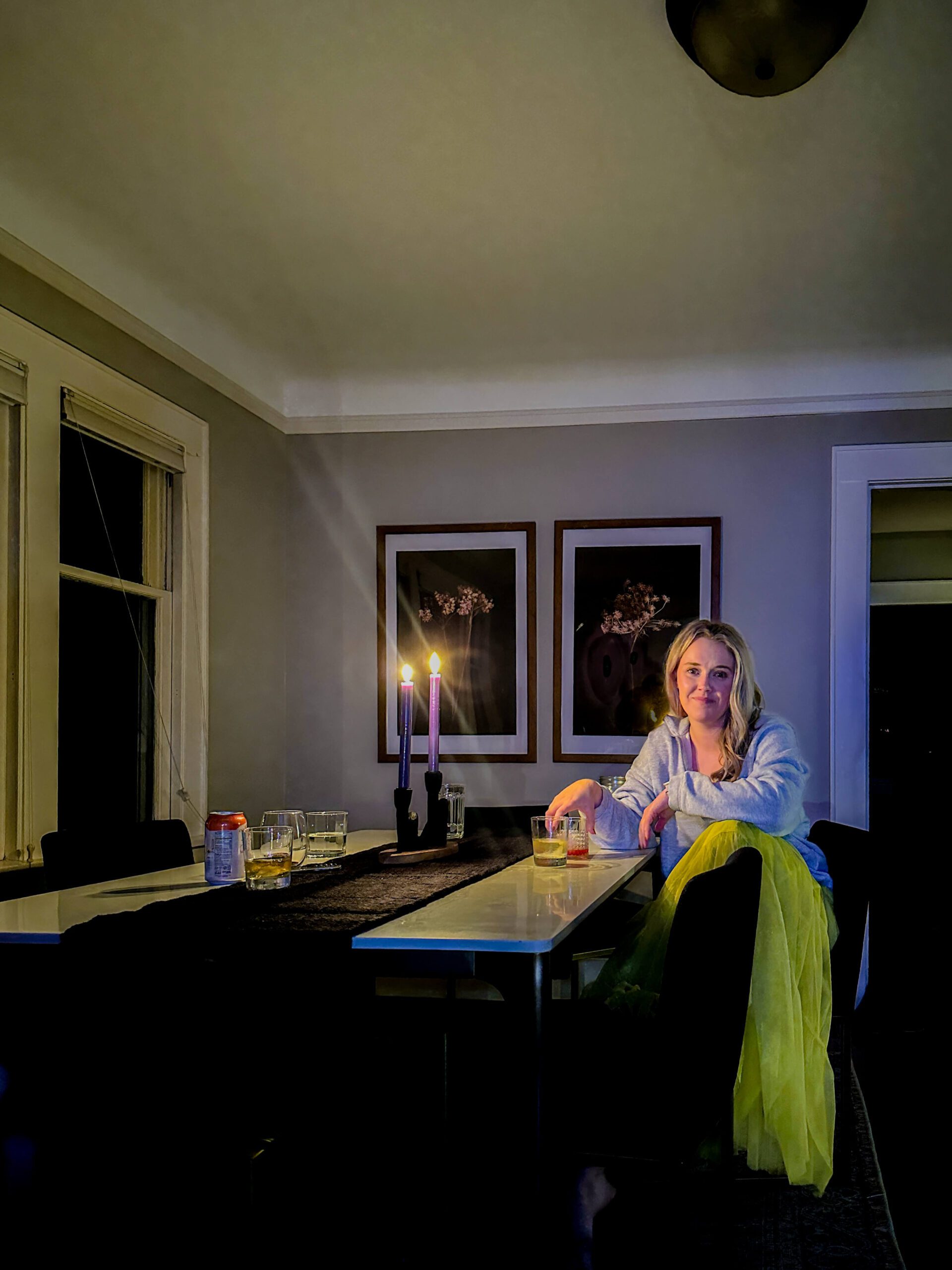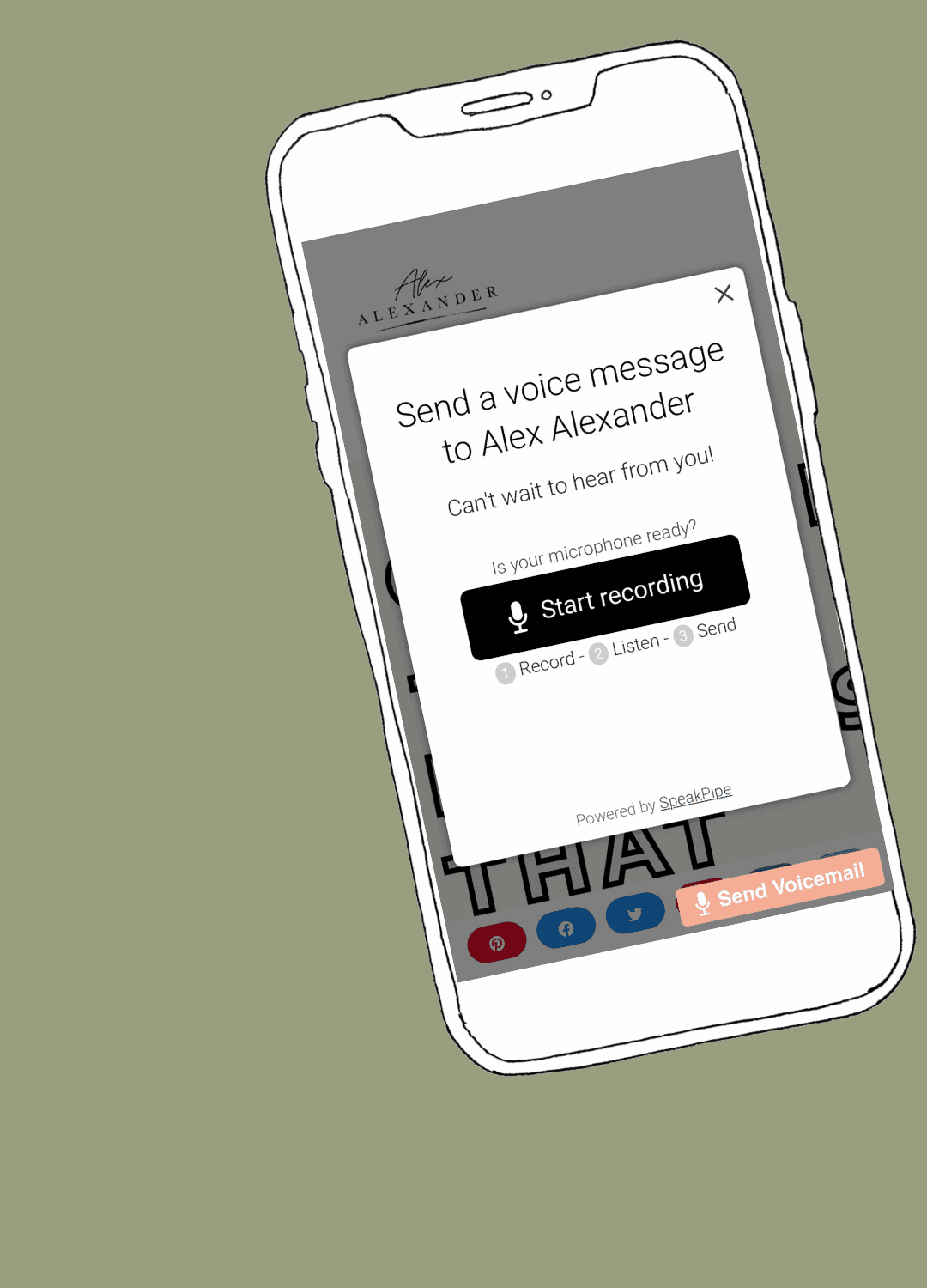
Friendsgiving is a beloved tradition that brings friends together to celebrate gratitude, share a delicious meal, and create lasting memories. Whether you’re a seasoned host or a first-timer, planning a successful Friendsgiving can be a breeze with a little organization and delegation. In this ultimate guide, we’ll walk you through the essential steps to hosting a memorable Friendsgiving feast, from planning and invitations to cooking, decorating, and keeping the fun going throughout the night. By the end, you’ll be ready to embrace your role as a Friendsgiving host, invite people, and create an unforgettable meal experience for your friends.
What is Friendsgiving?
Friendsgiving is a get-together, party, or shindig usually held between November 1st and mid-January. It’s a time for friends to come together, share a meal, and express gratitude for one another. Friendsgiving can be as casual or formal as you’d like, and the menu can range from traditional Thanksgiving dishes to themed cuisine.
Planning Essentials
Guest List Creation
Remember that Friendsgiving is a great opportunity to meet new friends when creating your guest list. Collaborate with your co-organizers to compile the guest list and ensure everyone feels included.
Setting the Date
Picking the perfect date can be challenging, but don’t pressure yourself to find a date that works for everyone. Consider these three options:
- Arbitrarily, pick a date and time that works for your schedule.
- Ask the organizers what dates work for them and choose one that works for everyone.
- Narrow down the date options with the organizers and send a Doodle poll to all guests, selecting the date with the most votes.
Menu Planning
Coordinate with your Go-To Food Person to plan the menu. Decide on the “must-have” dishes and create a Friendsgiving Potluck Sign up Sheet using Google Sheets (we have one for you!). This will help ensure a variety of dishes and avoid duplicates.
RSVP Management
Keep track of RSVPs and be available to answer guests’ questions. Communicate with the other organizers to ensure all details are accounted for.
Invitation Sending Methods
There are several ways to send out Friendsgiving invites, including:
- Group Text: Easy but can lead to many notifications and be hard to track.
- E-vite: Punchbowl and Evite are great free options for email invitations.
- Facebook Invite: Allows for RSVPs, event details, and guest communication in one place.
- Doodle Poll: Can be sent via text or email, requires no app, and offers flexibility in poll setup.
Preparing the Venue
Handling Decorations
Keep decorations simple, using place settings, candles, and food as centerpieces. Work with the Innovator to incorporate decor that doubles as activities or special touches.
Essential Materials
Ensure you have enough tables, chairs, plates, silverware, cups, and napkins. Consider the event’s flow and make adjustments to prevent gridlock, such as leaving a closet open for coats or setting out glassware for easy access.
Cooking Strategies
Cooking for a Group
Coordinate with the Go-To Food Person to manage the turkey (or decide to forgo it), ensure there’s enough fridge and oven space, and provide guests with information on available cooking appliances. Help friends accommodate allergies or dietary restrictions by suggesting small dish changes.
Managing the Cooking Timeline
Create a cooking timeline to ensure all dishes are ready at the appropriate times. Encourage guests to bring dishes that can be easily reheated or served at room temperature to minimize last-minute cooking stress.
Serving Friendsgiving
Presentation Tips
Whether you opt for a seated affair or a casual buffet, ensure a clear flow for guests to access food and seating. Use a mix of folding tables and chairs with linens to create a cohesive look.
Leftover Plans
Have a plan for sending home leftovers, such as asking friends to bring Tupperware or providing Ziploc bags, takeout boxes, or disposable metal cooking trays.
Consider Non-Traditional Cuisine
Don’t be afraid to break away from traditional Thanksgiving dishes and incorporate themed or creative menu options. This can make your Friendsgiving stand out and cater to your friends’ diverse tastes.
Fun Activities
Incorporate activities and traditions to make your Friendsgiving memorable. Some ideas include:
- Displaying photos from out-of-town friends
- Setting up a donation jar for a group holiday donation
- Planning a guessing game or karaoke
- Setting up a photo booth to capture the memories
The Roles of Hosting
Organizer
- Sends the invite
- Organizes picking a date + time
- Managing the potluck spreadsheet (with the Go-To Food person)
Go-To Food Person
- Deals with the turkey (or making the decision not to cook one)
- Cooking any other dishes, they’d like
- Manages the Friendsgiving Potluck Sign Up Spreadsheet
- Makes sure there aren’t duplicate dishes
- Answers questions about quantities to cook, lbs of ice to buy, or the number of bottles of wine to bring.
- Oversees fridge space, oven space
- Makes sure you have enough serving dishes + utensils
- Fills in any gaps of missing must-have dishes, either by cooking them, buying them, or asking a friend to make them
Host
- Opens up their home OR secures a different space
- Tidies up before guests arrive.
- Handles any logistics if you are hosting Friendsgiving at a rented/borrowed location
- Greets everyone at the event
- Makes introductions
- Answers questions throughout the night
Set Up/ Decorator
- Decides on seated vs. casual
- Works with the host to make sure there are enough tables, chairs, plates, silverware, cups, etc.
- Design the seating chart, if using one (could also be the organizer)
- Decides on decor (check with the innovator for overlap)
- Determines the flow — coats, beverages, seating
- Moves furniture + sets up the space
- Decorates! Sets the table! Adds any special touches.
Clean Up
- Keep an eye on cleaning throughout the night so that the host can focus on being with the guests.
- Pick up dishes and used glassware
- Take out trash if it is full
- Clean up after dinner
- Rinse the dishes
- Load the dishwasher + start the first load
- Help move furniture back and send home borrowed items with friends.
Innovator
- Ask yourself, “What is the purpose of getting everyone together?” Answer that question and then brainstorm ways to achieve that purpose and highlight elements.
- Fun: Games, karaoke to get everyone laughing, pull out old photos
- Make Memories: Set up a photo booth. Record a few clips from the night and share them with everyone.
- Gratitude: Ask everyone to write down what they are thankful for.
Initiator
- The person who says, “We should have a Friendsgiving.” This role can be as simple as starting to take on the organizer role, or it could be just talking with a few friends and getting someone else to organize/host, and perhaps you are the person who handles the food or does all the cleanup.
- Being the initiator is a crucial role, so I want to make sure and highlight that someone decided that a get-together would be fun, memorable, enjoyable, meaningful. Every group of friends needs a few initiators.
- If you are mindful of splitting out these roles, you will have the most successful Friendsgiving yet.
Final Thoughts
Hosting a Friendsgiving celebration is an opportunity to show appreciation for the important people in your life and create cherished memories together. By breaking down the responsibilities into manageable roles and delegating tasks, you can ensure a smooth and enjoyable experience for everyone involved. Remember to make lists and post them for easy reference, allowing your friends to help and feel more involved. Don’t forget to create a plan for leftovers so your guests can enjoy the delicious food even after the event. Most importantly, remember that the best Friendsgiving brings you together with your people – everything else is simply extra. With these tips and a focus on gratitude and togetherness, your Friendsgiving celebration will surely be a hit.
Frequently Asked Questions
How can I ensure a successful Friendsgiving event?
To ensure a successful Friendsgiving event, focus on dividing responsibilities among the six key roles: Organizer, Go-To Food Person, Host, Set-Up/Decorator, Clean Up, and Innovator. By delegating tasks and working together, you can create a smooth and enjoyable experience for everyone involved. Additionally, make lists and post them for easy reference, allowing your friends to help out and feel more involved in the process.
What are some unique non-traditional cuisine ideas for Friendsgiving?
Don’t be afraid to break away from traditional Thanksgiving dishes and incorporate themed or creative menu options for your Friendsgiving. Consider having a pizza party, a taco bar, or a potluck featuring cuisines from around the world. These unique food choices can make your Friendsgiving stand out and cater to your friends’ diverse tastes.
What are some engaging, fun activities to incorporate into a Friendsgiving celebration?
Incorporate fun activities and traditions to make your Friendsgiving celebration even more memorable. Set up a photo booth with props to capture the special moments, plan a guessing game where friends write down something serious and silly they’re thankful for, or organize a friendly game of charades or karaoke. These activities will help break the ice, encourage laughter, and create lasting memories.
How can I add style and flair to the serving presentation at Friendsgiving?
To add style and flair to your Friendsgiving serving presentation, consider using a mix of folding tables and chairs with coordinating linens to create a cohesive look. Use your serving dishes, candles, and food as centerpieces for a warm and inviting atmosphere. For a casual buffet-style setup, ensure a clear flow for guests to access food and seating areas easily.







